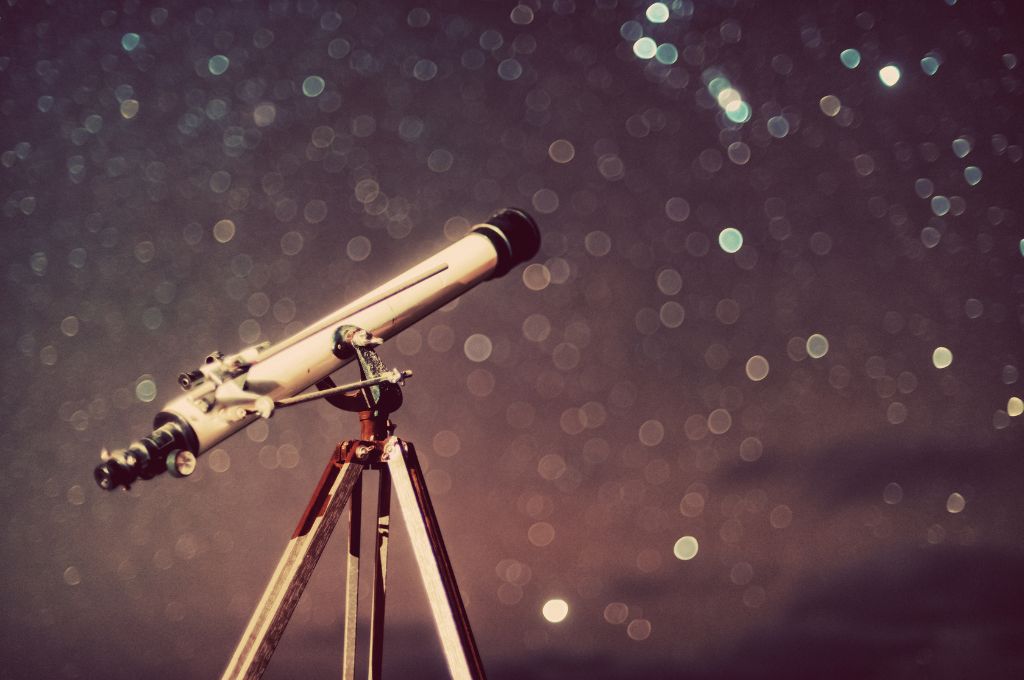Knowing how to find dark skies and what to expect under the different Bortle zones along with things like magnitude is a good starting point for planning out your astronomy sessions but there’s one more thing to understand about the sky and that is how to check the current viewing conditions.
Let’s take a look and see what type of factors you want to look at.
Cloud coverage
The ideal forecast for an astronomer is typically a clear sky or a partly cloudy sky.
If the weather forecast calls for completely cloudy skies, your first thought might be that you might as well sit it out and wait for another night.
However, sometimes the clouds will break and you’ll have pockets of visibility.
But consider this: it can be hard for beginners to locate constellations and stars when the skies – not to mention the constellations and stars themselves – are partially obscured. As soon as you locate a star and start to look for a nearby deep sky object, clouds may come in and that can make it really frustrating.
One interesting thing is that sometimes planets like Jupiter can pop a bit more under high-elevation thin clouds, so clouds are not always bad! So feel free to experiment with certain types of clouds.
I like to use the Clear Outside app to check the different types of clouds. It will tell me what percent of the clouds is low, medium, or high and give me an idea of their coverage.
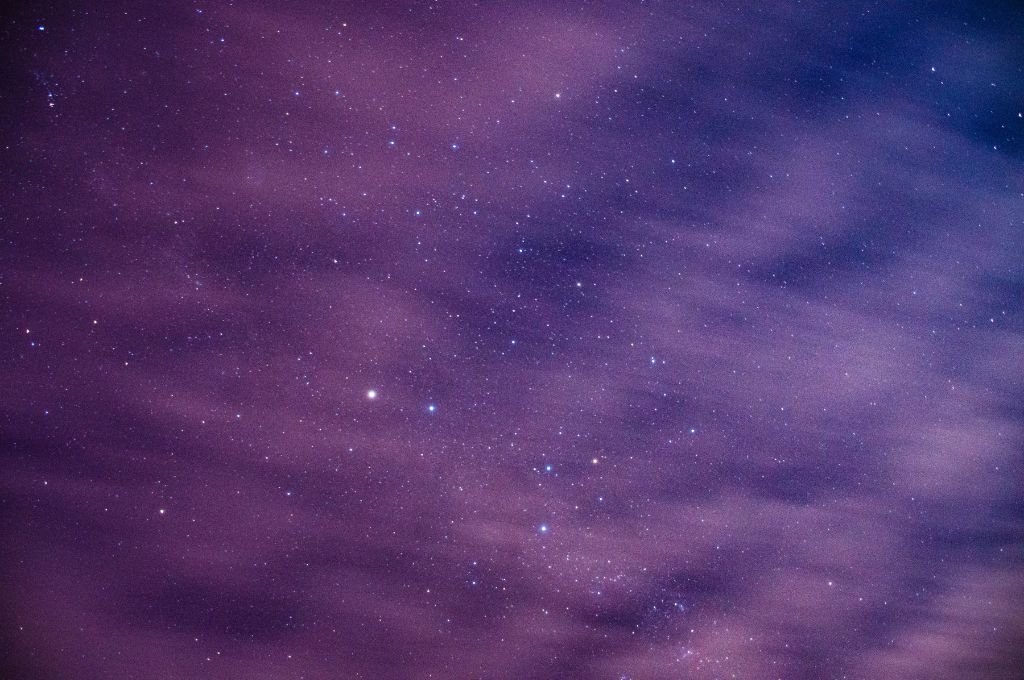
Different atmospheric conditions
So if you have a dark sky and no clouds, surely that should be a fantastic opportunity for taking out your telescope, right?
Well, unfortunately it’s not so simple because there are other factors that can still affect your viewing — and in major ways. Below, I’ll walk you through some of these and also show you a quick and easy way to check on the status of all of them at once.
Want to get started in astronomy?
Our free telescope cheat sheet breaks down the key factors to choosing a telescope and shows you how to get stunning views of planets, nebula, and galaxies!
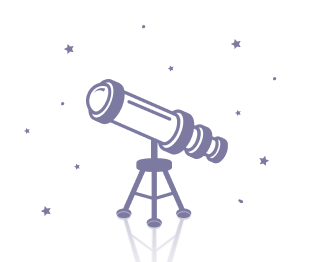
Seeing
One of the most important factors that astronomers concern themselves with is the “seeing.”
This refers to the stability of the atmosphere. For example, seeing will give you a sense of the turbulence in the upper atmosphere which can be caused by many things.
Here are some examples:
- Atmospheric Turbulence: Rapid fluctuations in air density and temperature create turbulence that distorts the light passing through the atmosphere, leading to poor seeing conditions.
- Wind: Wind can introduce vibrations and movement in the atmosphere.
- Temperature Inversions: When warm air is trapped above cooler air near the ground, temperature inversions can occur. This can create layers of differing air temperatures, contributing to turbulence and poor seeing.
- Proximity to the Horizon: Observing objects near the horizon involves looking through a thicker layer of the Earth’s atmosphere, which results in increased atmospheric distortion.
- High Humidity: Moisture in the air can affect the refractive index of the atmosphere, leading to distortions in the light passing through.
- Airborne Particles: Dust, pollutants, and aerosols in the atmosphere can scatter light and contribute to poor seeing conditions.
- Local Obstructions: Buildings or other structures (like concrete) near the observing site can create thermal currents and turbulence.
- Elevation: Observing from high altitudes can mitigate some atmospheric effects, but even at high elevations, other factors like turbulence and temperature variations can still influence seeing conditions.
- Time of Day: Seeing conditions can vary with the time of day due to changes in temperature and atmospheric conditions.
- Seasonal Variations: Different seasons can bring about changes in atmospheric conditions, with winter nights often offering more stable seeing conditions than summer nights.
Seeing dictates how clearly objects will appear when magnified in your telescope. It’s mostly relevant to viewing planets and the moon whenever you want to crank up magnification, like with a Barlow lens.
On a day when the seeing is bad, a planet like Jupiter could look like it is boiling in water.
Seeing is kind of difficult to wrap your head around because it could be bad even on a night with perfectly clear weather.
Sometimes you can predict when the seeing may not be good such as after a cold front blows through or when strong winds are present.
I usually test out the seeing by going straight to Jupiter and Saturn with my telescope to see just how clear they look.
Other times, you can tell by how much the stars are twinkling. If the stars are twinkling a lot, that’s a sign that the seeing is not very good.
Be aware that the seeing can fluctuate throughout a night.
In fact, it could change by the minute or even by the second. I’ve certainly had moments when viewing a planet where the sharpness increased dramatically but only for a short amount of time. It actually can be quite exhilarating!
So I don’t always base my decisions to observe on seeing alone, but it’s something to consider.
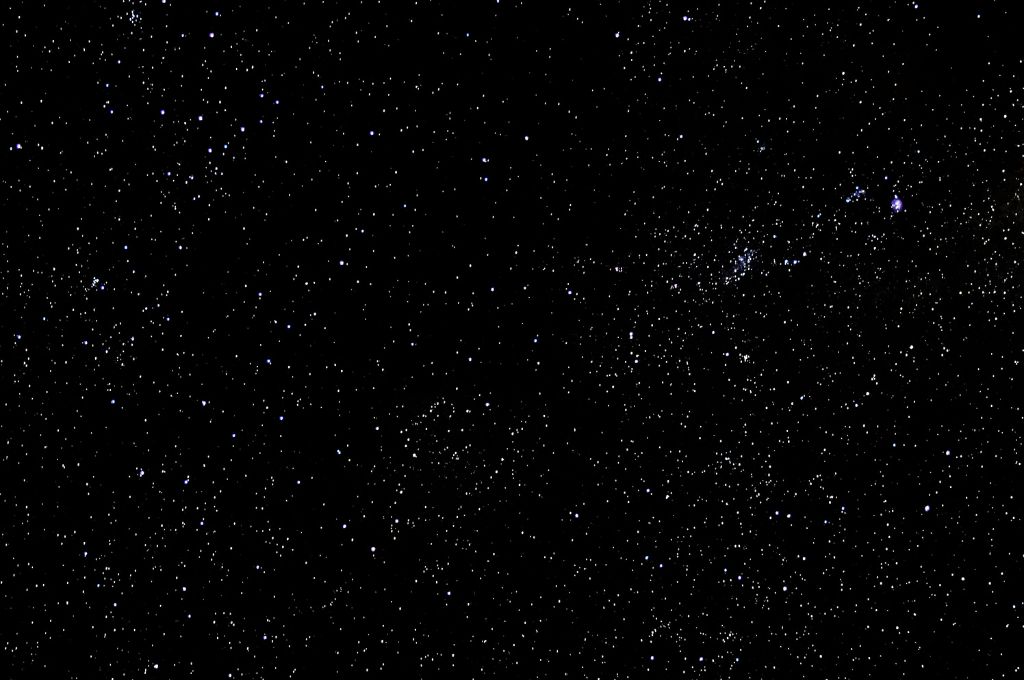
Transparency
Transparency in astronomy refers to the clarity of the atmosphere and how well celestial objects can be observed through it.
This factor is profoundly influenced by the presence of clouds, especially those at higher altitudes.
Clouds, even if thin, can scatter and block light, diminishing the transparency of the sky. In contrast, a clear sky with minimal cloud cover allows for better transparency, enabling astronomers to observe celestial objects with greater detail.
The significance of transparency becomes particularly pronounced when observing deep sky objects, such as galaxies, nebulae, and star clusters. Unlike planets, these objects emit faint light, and their visibility is highly dependent on the clarity of the atmosphere.
Even a thin haze or cloud cover can significantly impact the visibility of these dim celestial entities, making it challenging to discern details or capture them in long-exposure astrophotography.
It’s worth noting that transparency and “seeing” are distinct atmospheric conditions, although they both play crucial roles in observational astronomy. While transparency deals with the overall clarity of the atmosphere, seeing is related to the stability of the air and its impact on the sharpness of celestial objects.
Astronomers sometimes encounter situations where transparency and seeing conditions do not align.
For instance, one may experience a night with excellent transparency, allowing for a clear view of the sky, but the seeing conditions might be poor, resulting in distorted or twinkling stars. Conversely, a night with good seeing conditions (minimal atmospheric turbulence) might have poor transparency, reducing the overall visibility of celestial objects.
Tip: The behavior of individual stars can provide clues about the atmospheric conditions. A star exhibiting pronounced twinkling or shimmering is indicative of poor seeing, while a star appearing dimmer than expected may signal reduced transparency.
Related: Transparency and Seeing: Everything You Need to Know
Smoke
Living in the Western United States often means confronting the common occurrence of forest fires, particularly during the summer months. These fires generate vast plumes of smoke that can travel for hundreds of miles, significantly impacting visibility for extended periods.
The presence of smoke poses a considerable challenge for transparency in astronomy.
The fine particles and aerosols in the smoke scatter and absorb light, leading to reduced clarity in the atmosphere.
This reduction in transparency can be particularly problematic when attempting to observe dim deep sky objects. The faint light emitted by galaxies, nebulae, and star clusters is further obscured by the smoke, making it challenging for astronomers to capture detailed views or engage in astrophotography.
However, interestingly, the impact of smoke on seeing conditions can vary. Seeing conditions, related to the stability of the air and its effect on the sharpness of celestial objects, might not necessarily be significantly affected by the presence of smoke.
In fact, some individuals have observed that a certain amount of smoke in the atmosphere can enhance the seeing conditions, especially when viewing planets.
You can use different types of maps to check out the current status of smoke across the US.
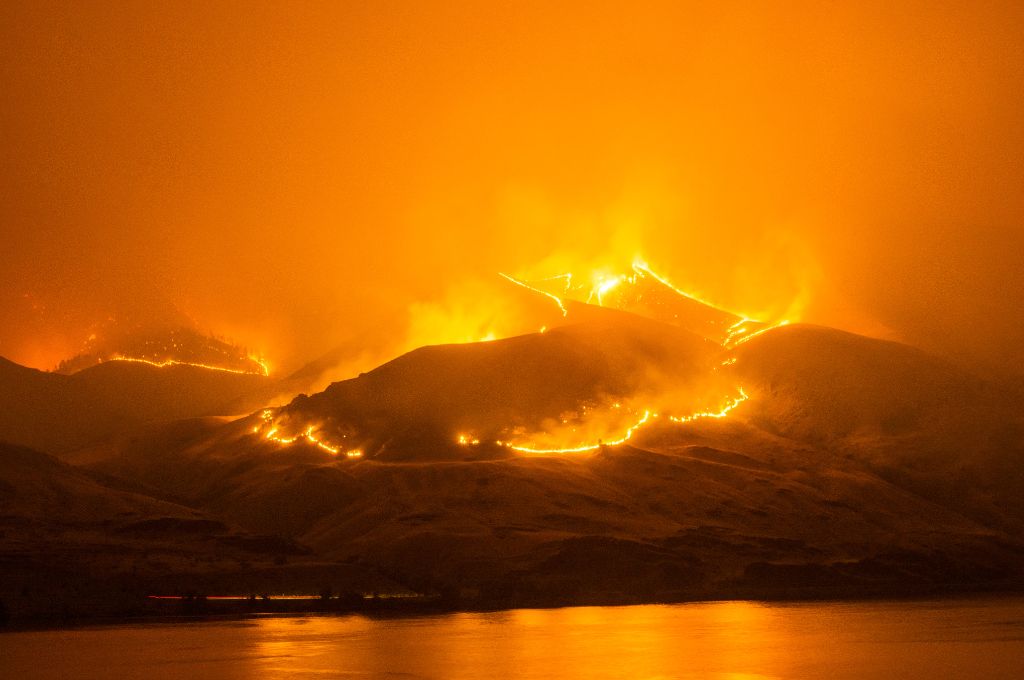
Wind
Wind can obviously be an issue that affects your comfort levels. This is never truer than on a cold night. So it’s a good thing to pay attention to because it will help you dress accordingly.
Wind can also be a problem for some telescopes.
Lightweight tripods and mounts commonly used in amateur setups are susceptible to vibrations caused by wind, potentially leading to shaky viewing sessions. To address this issue, amateur astronomers often take measures to minimize the impact of wind on their telescopes.
This can include setting up telescopes in sheltered areas or using windbreaks, such as trees or structures, to create a more stable environment. Additionally, some amateur astronomers opt for heavier tripods and mounts or add stability enhancements to their setups.
There’s always the risk of the telescope getting blown over and image quality loss due to vibrations from the wind.
High winds may also be a sign of bad seeing, although that’s never a guarantee.
People doing astrophotography may also struggle in windy conditions due to the shaking of the cameras and mounts.
Humidity
High humidity levels can contribute to dew formation, posing challenges for telescope optics and eyepieces. To mitigate dewing issues, consider positioning your telescope in areas with reduced humidity, such as hilltops or valleys, as these locations tend to experience lower atmospheric moisture.
Additionally, employing dew shields or heaters for your optics can be effective countermeasures against dew formation, ensuring optimal viewing conditions during your astronomical observations.
Want to get started in astronomy?
Our free telescope cheat sheet breaks down the key factors to choosing a telescope and shows you how to get stunning views of planets, nebula, and galaxies!

How to easily check all of these different conditions
There are different methods you can use to track all of these factors above. Personally, I like to use this online tool to check everything at once. It gives me a quick overview of everything from seeing to transparency and even the wind and smoke. I highly recommend it but there are other tools you can use as well.
Final word
This might seem like a lot of different factors to check on and it is. But depending on where you live, you may not have to worry about some of these. For example, if you live in a very dry desert area humidity will often not be a factor. If you live far away from mountains in forests, the smoke levels may not be relevant the majority of the time. But it really helps to get familiar with these because you never know what type of conditions you might encounter in the future.
Remember, conditions can often change and some of these forecasts are not always accurate so a lot of times it just comes down to testing out the conditions yourself!
